Special Exhibition November 14th 2015 to March 13th 2016
Six years after France took possession of New Caledonia, the budding colony's maritime traffic was beginning to suffer from a lack of aids to navigation. In 1861, the Lights and Buoys Commission in Paris decided to commission the building of a lighthouse. This new beacon was to be built of cast-iron and set on Amédée Island, a small islet on the barrier reef, on the edge of Boulari Pass. The design was entrusted to Mr Léonce Reynaud, noted architect and engineer, and construction began in 1861 in Paris.
The structure was first assembled in Paris for testing, then (1864) dismantled and shipped to New Caledonia in pieces, onboard the Emile Pereire. The voyage took five months to reach Port-de-France (the earlier name of Noumea). The new lighthouse was erected on the site under the management of engineer Stanislas Bertin.
On November 15, 1865, Mrs Guillain, wife of Governor Guillain, ceremoniously lit the new lighthouse's lamp for the first time.
The exhibition can bee seen on the ground floor of the Musée Maritime

 Elevation and section of Amédée Lighthouse, MMNC
Elevation and section of Amédée Lighthouse, MMNC
 Léonce Reynaud, Ecole nationale des Ponts et Chaussées
Léonce Reynaud, Ecole nationale des Ponts et Chaussées
 1st map of Amédée island, BnF
1st map of Amédée island, BnF
 Amédée Lighthouse shop-assembled in the yard of Rigolet Company, Ecole des Ponts et Chaussées
Amédée Lighthouse shop-assembled in the yard of Rigolet Company, Ecole des Ponts et Chaussées
 S/V Pondichery, sistership of S/V Emile Pereire which carried the elements of the lighthouse to New Caledonia, Coll. Claude and Jacques Briot
S/V Pondichery, sistership of S/V Emile Pereire which carried the elements of the lighthouse to New Caledonia, Coll. Claude and Jacques Briot

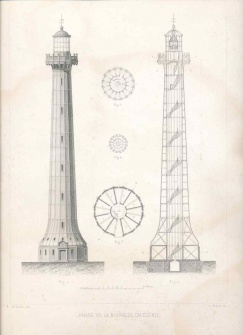
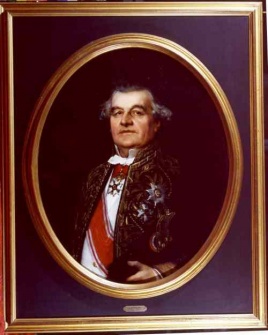
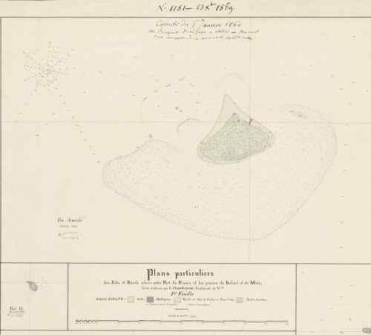
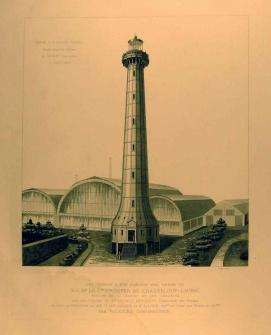
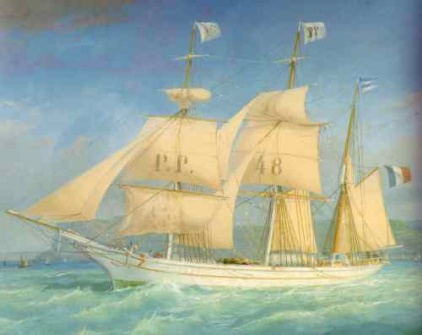
March 1st to March 31, 2015
This temporary exhibition was prepared by the French Navy with the help of the National Veterans Association (Office National des Anciens Combattants et Victimes de Guerre) and describes the evolution of the Navy Base over the last 60 years. 14 posters presenting a great variety of documents and photos will help you understand better this aspect of New Caledonia's maritime history.
The exhibition is set up in the main hall of the Museum.
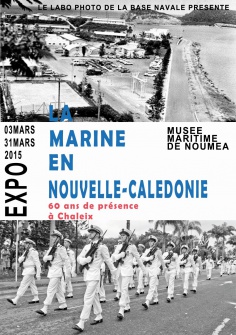
Extended!
In 1968, divers from the French Navy discovered the wreck of the Seine, a French naval corvette which foundered near Pouebo on the East coast of New Caledonia in 1846.
The Museum has set up an exhibition designed to take the visitor step by step through the sequence of events which led to the presence of this French man-of-war off the coast of New Caledonia seven years before France officially took possession of the territory, and the top-secret mission that the French government had entrusted to François Leconte, her Captain.
 Affiche - MMNC
Affiche - MMNC

 Exposition MMNC - Laurent Lange
Exposition MMNC - Laurent Lange
 Exposition MMNC - Laurent Lange
Exposition MMNC - Laurent Lange
 Portrait du roi de France Louis-Philippe - RMN (Château de Versailles) / Droits réservés
Portrait du roi de France Louis-Philippe - RMN (Château de Versailles) / Droits réservés
 Exposition MMNC - Laurent Lange
Exposition MMNC - Laurent Lange
 Portrait de la reine Victoria d'Angleterre- RMN (Château de Versailles) / Gérard Blot
Portrait de la reine Victoria d'Angleterre- RMN (Château de Versailles) / Gérard Blot
 Exposition MMNC - Laurent Lange
Exposition MMNC - Laurent Lange


 Pouebo, Nouvelle-Calédonie - National Library of Australia
Pouebo, Nouvelle-Calédonie - National Library of Australia
 Affiche - MMNC
Affiche - MMNC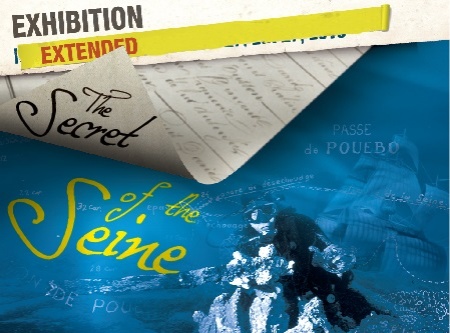
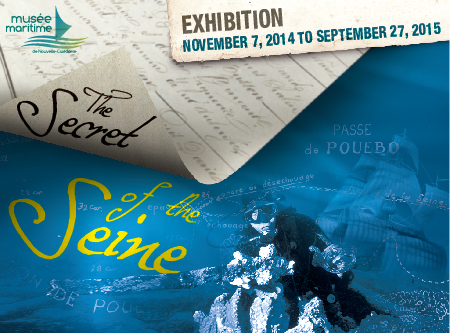
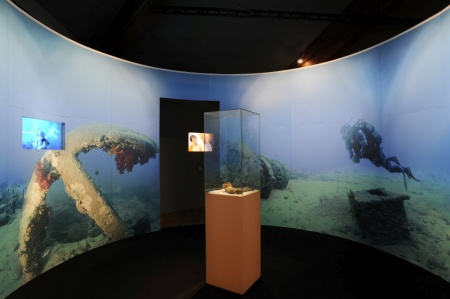
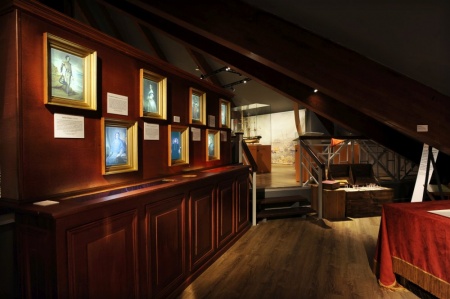
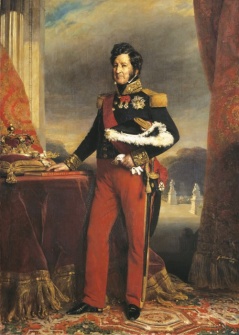
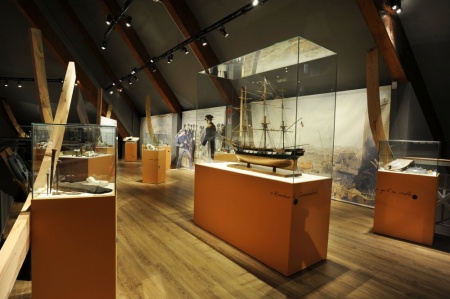
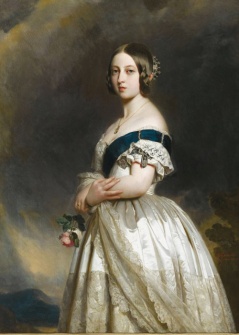
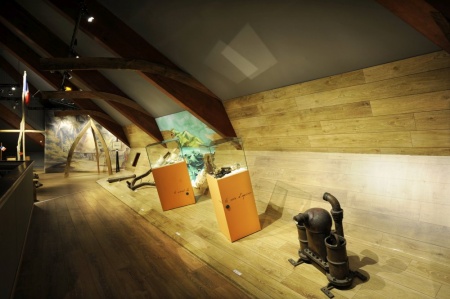
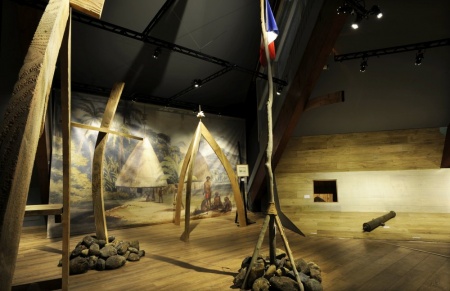
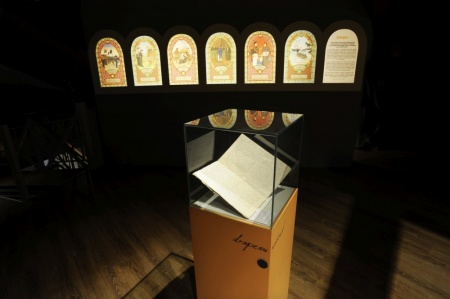
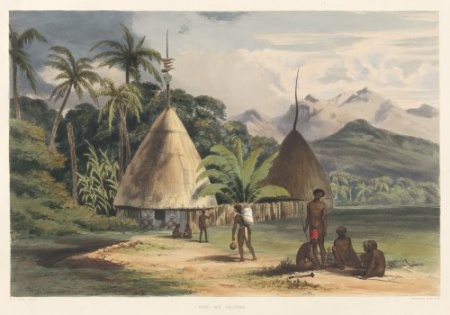
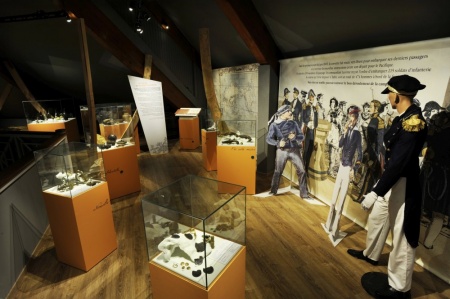
September 26, 2014 to March 1st, 2015
Two thirds of our planet are under salt water. Salt is a substance that is essential to life on earth.
Salt is not only a necessary element of our diet, it is also an excellent way of preserving perishable foodstuffs.
In the past, salt was a precious commodity, sometimes even used as currency. In 14th century France, there was a special tax on salt.
The salt-marches of Noumea have long been closed, but others have been established at Kô, near Poingam in the far North of the main island.
The exhibition is set up in the main hall of the Museum.
Page 2 sur 2